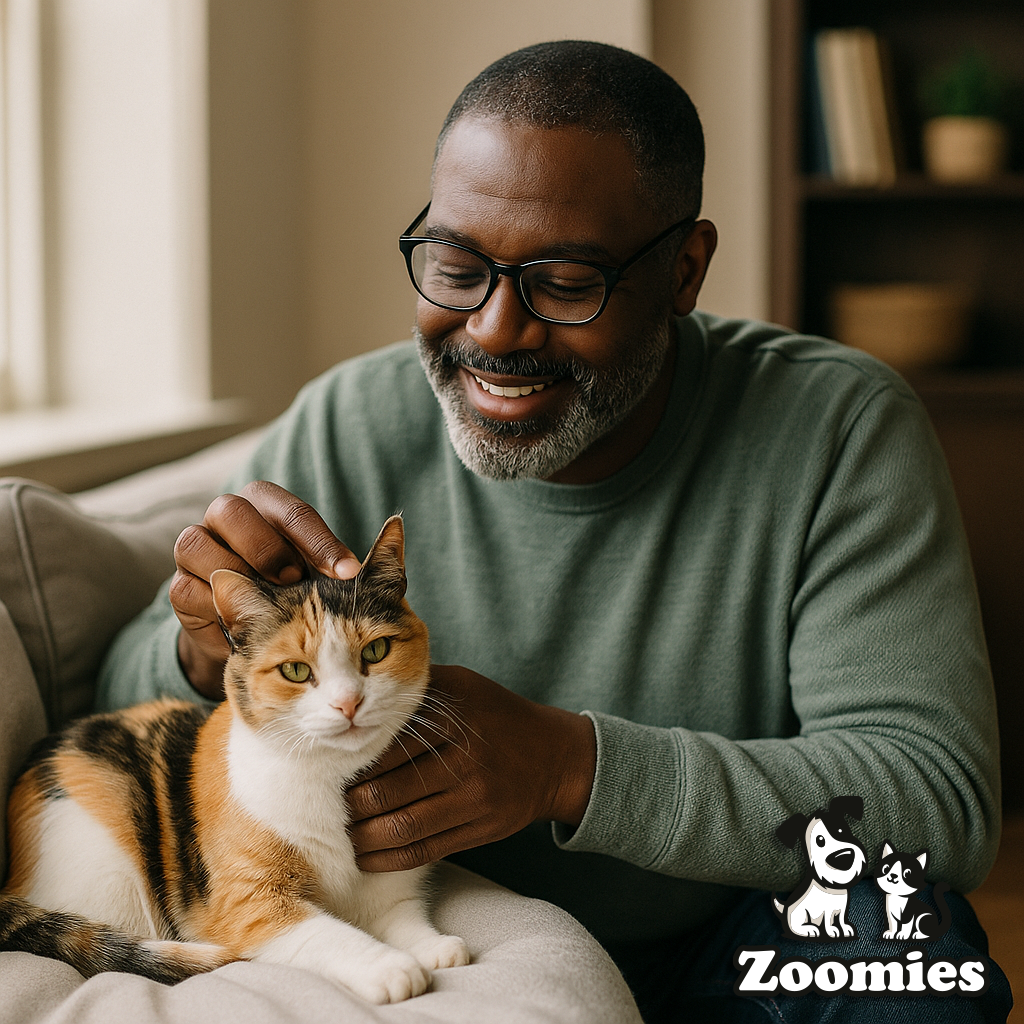🏡 How to Pet-Proof Every Room in Your Home

Your home should be a safe, fun place for your furry friend — but pets can find hidden hazards where we least expect them. Whether you have a dog, cat, or both, walking through your home with pet-proofing in mind will help protect them and your belongings.
Let’s go room by room and cover the key fixes that really make a difference.
1. The Kitchen & Dining Area
The kitchen is full of temptations for pets: trash cans, food scraps, cleaning supplies. According to pet-proofing experts, you should use child-proof latches and keep chemicals and medications out of reach. American Humane Society+1
Quick fixes:
-
Secure cabinet doors or use latches.
-
Use trash cans with tight-fitting lids.
-
Store human foods, wrappers, and cleaning supplies off the floor and low counters.
2. Living Room & Family Space
This is where your whole family (and your pet) hangs out—so it needs to be safe and comfortable. The living room often hides hazards like dangling cords, breakables, toxic plants and unsecured furniture. hsdayton.org+1
Smart moves:
-
Wrap or hide electrical cords.
-
Move fragile items or store them out of reach.
-
Remove or relocate houseplants that are toxic to pets.
-
Secure furniture or decor that might tip if climbed on.
3. Bathroom & Laundry Room
These rooms often feel harmless, but pets can access cabinets, detergents, open toilets—or even sneak into appliances. PetMD+1
Safety checklist:
-
Keep toilet lids closed.
-
Use lidded trash cans.
-
Store medicines and cleaning supplies in high or locked cabinets.
-
Close washer/dryer lids when not in use and ensure no pet can crawl inside.
4. Bedroom & Closets
Your bedroom should be a retreat — but things like cords, small objects, shoe racks, and laundry piles can be hazardous. ASPCA Pet Health Insurance
Pet-proof steps:
-
Pick up small items (hair ties, jewelry, small toys).
-
Secure curtain/ blind cords.
-
Move shoes and laundry behind closed doors if possible.
-
Tuck cords away from pillows and low furniture.
5. Outdoors, Yard, Balconies & Entryways
Pet-proofing doesn’t stop inside. If your pet accesses outdoor spaces, you’ll want to check for gaps, toxic plants, fenced areas, and escape routes. Ontario SPCA and Humane Society+1
Outdoor safety tips:
-
Ensure fencing is secure and gates anchored.
-
Remove toxic plants and clear yard of small debris that pets might ingest.
-
Close balcony doors/screens; secure outdoor trash or chemical containers.
-
Supervise entryways so pets don’t dart out when doors open.
🔧 Final Thoughts
Walking through each room with a pet’s perspective — curious, mobile, sometimes mischievous — lets you spot the risks before they become incidents.
Little changes add up: secure lids, hide cords, secure furniture, and store dangerous items up and away. Your home becomes a happier, safer place for everyone — two-legged and four-legged alike. 🐾💛

